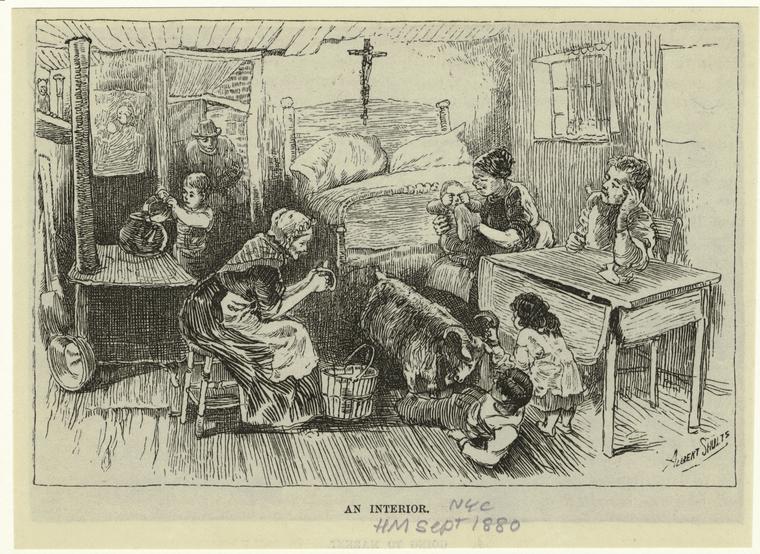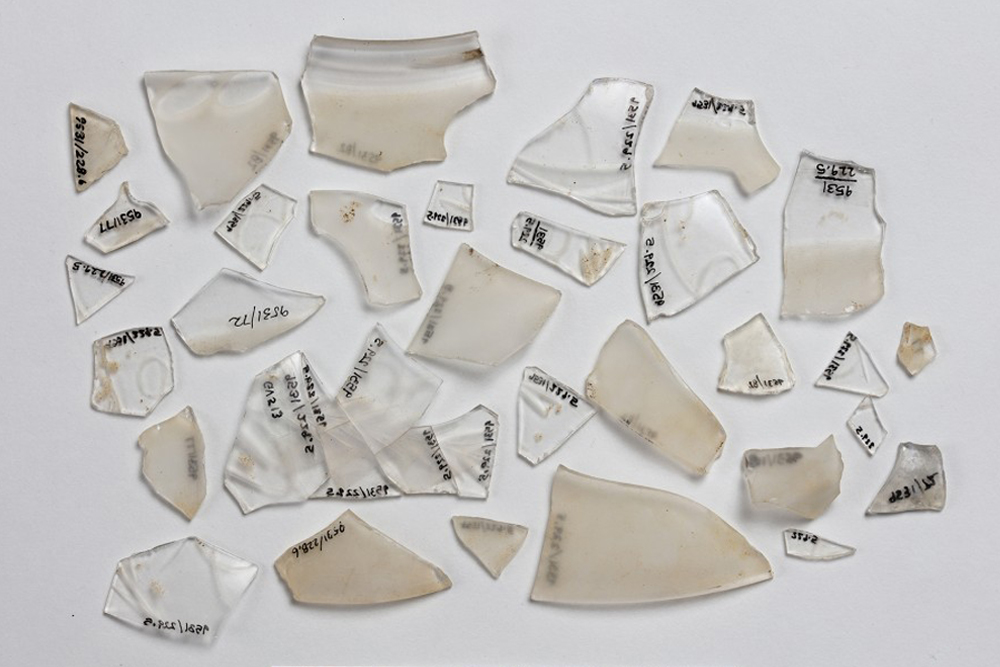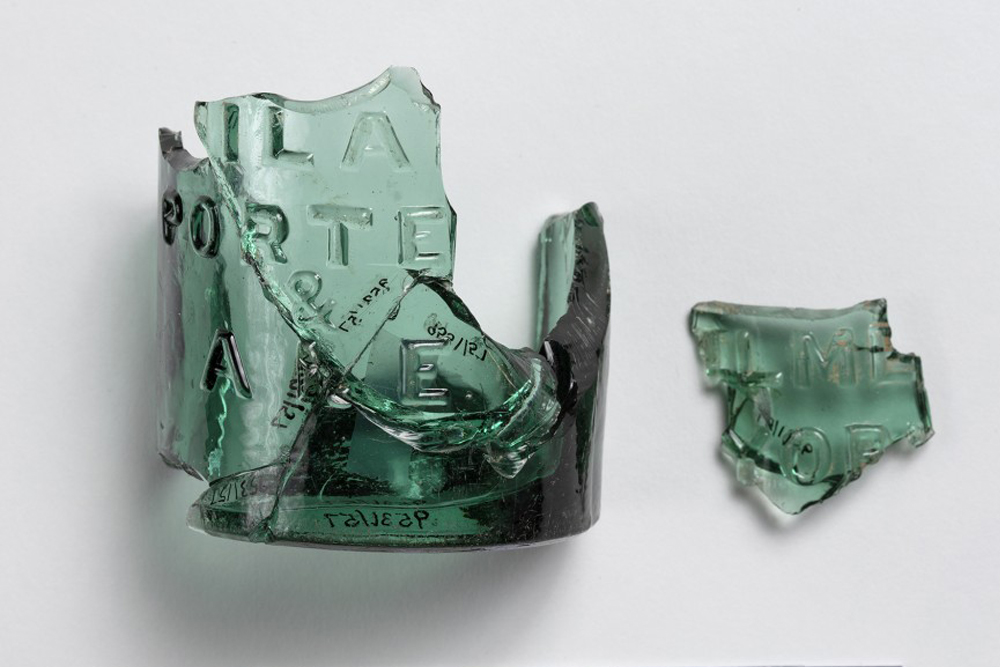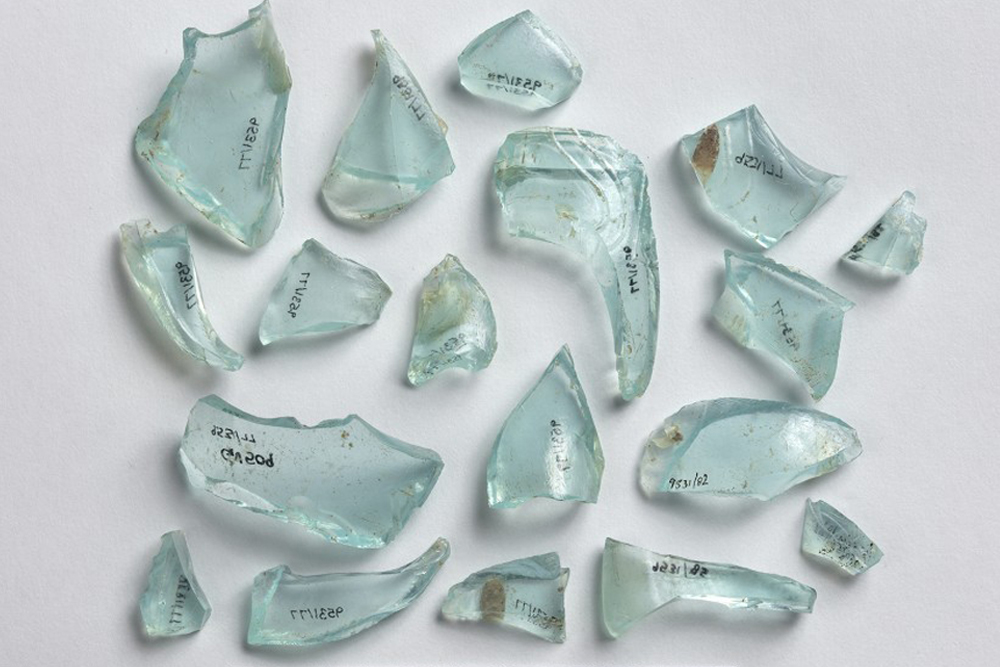Recreation
When we have time, many of us like to watch television, read books, and go to museums. However, recreational activities in Seneca Village looked quite different. The history of recreation in America allows us to further develop our understanding of their middle class nineteenth-century lifestyles, as recreational activities reflect the culture, morals, common practices, and even laws of the period. By studying individual objects that belonged to specific families, like the Websters or the Phillipses, a window is opened onto daily life in Seneca Village. The village was not just important in the history of the creation of Central Park, it was home to a flourishing community of African Americans and immigrants who worked, went to church and school, gathered together, cooked, and lived for decades. Unfortunately, hobbies and pastimes are hardly ever emphasized by historians and their absence is apparent on official documents from the time. By learning about their recreation, the people of the village become more than names on a map or a census–they become real human beings. Knowing about the hobbies and pastimes of Seneca Villagers is especially important because of how different they were from other communities. One of the only options is to investigate the artifacts left behind.
The objects in this section were found in the yard between the Webster and Phillips houses. Imagine these families, George and Eliza Webster with their five children and newlyweds William and Matilda Phillips gathering in their backyard to relax after a long day of work in the heat of summer. They grabbed some soda or ale bottles and sat down for a smoke. Perhaps one of the families brought out their lamp onto the porch to illuminate their faces. The adults spoke of the village gossip, job opportunities downtown, and, towards the end, maybe even the imminent destruction of their community, while some of the children stayed inside to finish their schoolwork or read a novel under the lamp light. These items went beyond providing relief and relaxation for the villagers–soda could be used medicinally, lamps supported education and literacy among the oppressed population, and smoking and drinking in moderation were deemed acceptable habits in semi-private spaces. But, most importantly, together they created spaces for sharing knowledge and maintaining relationships within the community which provided a means of class mobility.

This picture shows family life is like inside a nineteenth-century home. Three children are playing around while one of the women is taking care of a baby and the other is peeling potatoes. The man is seen sitting at his desk, smoking a cigar. (The Miriam and Ira D. Wallach Division of Art, Prints and Photographs: Picture Collection, The New York Public Library. “An Interior, NYC.” New York Public Library Digital Collections. http://digitalcollections.nypl.org/items/510d47e0-d774-a3d9-e040-e00a18064a99.)




